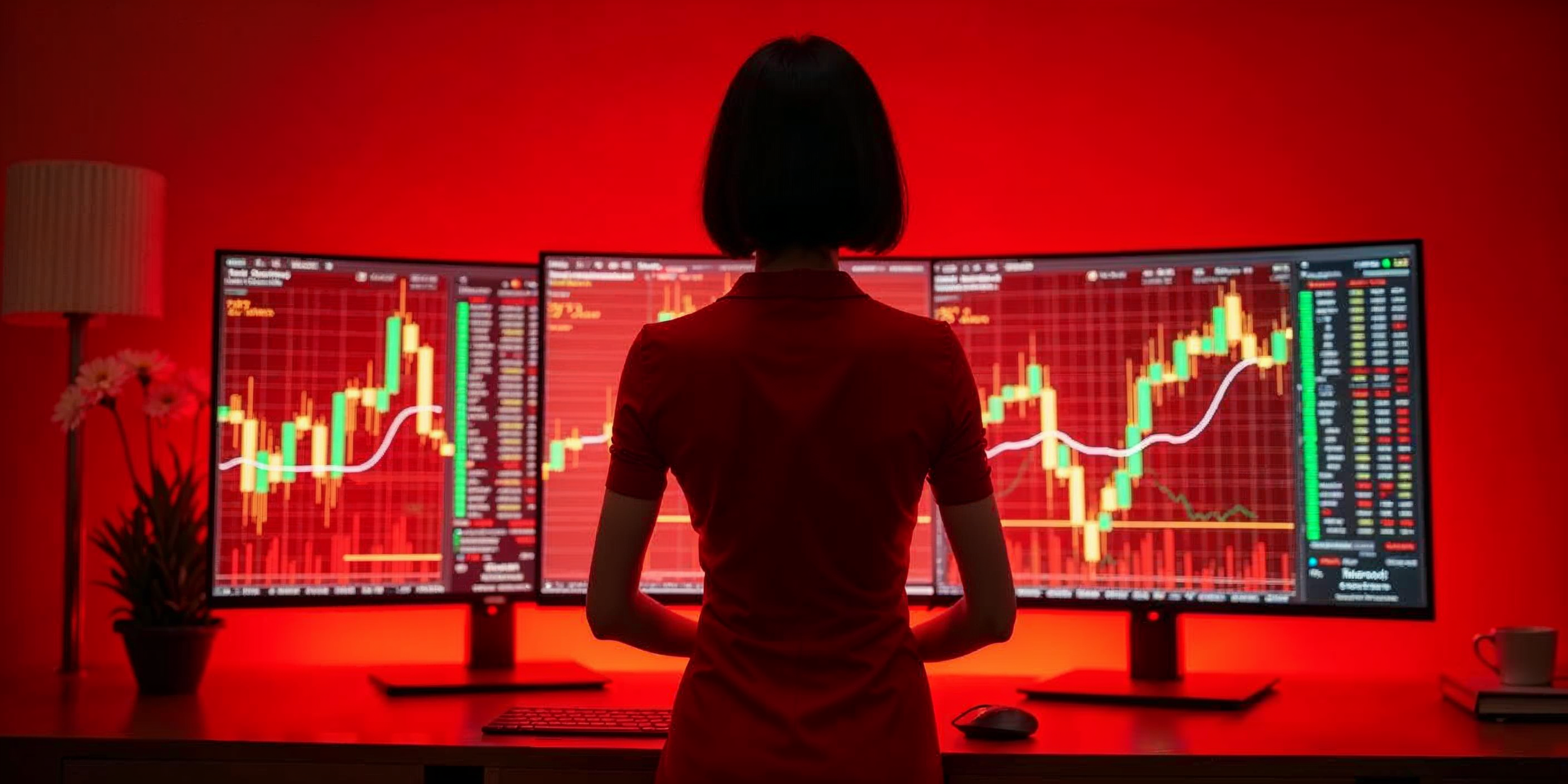Tariff Wars Intensify: Market Implications and Economic Risks

Introduction: The Return of Trade War Anxiety
The global economic landscape is witnessing intense volatility driven by escalating trade tensions primarily stemming from the United States' recent tariff policies. President Trump's announcement of a further 50% tariff increase on Chinese imports, contingent on China's rollback of its own retaliatory tariffs, has sent shockwaves through global financial markets, heightening fears of an extensive economic downturn.
Geopolitical Response and Diplomatic Dynamics
China strongly opposed the U.S. threats, branding them as "bullying" and pledging sustained resistance. This defiance suggests potential prolonged trade disputes, significantly increasing global economic uncertainty. Similarly, the European Union has balanced diplomacy with preparedness, proposing 25% retaliatory tariffs against U.S. goods set for May 16th, reflecting a strategic stance of cautious engagement and measured retaliation.
Meanwhile, the diplomatic front remains active. Japanese Prime Minister Shigeru Ishiba urged reconsideration from Trump, highlighting potential investment disruptions. Trump acknowledged ongoing negotiations, indicating that tariff parameters would remain "tough but fair." Concurrently, countries like Vietnam, South Korea, and Australia initiated diplomatic dialogues, seeking exemptions or reduced tariffs.
Market Volatility and Sectoral Impact
The immediate market response was marked by sharp fluctuations. U.S. equities experienced extreme volatility, with the Dow Jones Industrial Average initially dropping sharply before staging a brief recovery on false rumors of tariff pauses, ultimately closing lower. Technology stocks showed resilience, while commodity-linked sectors suffered substantial losses. Asian markets similarly gyrated; Japan’s Nikkei 225 recorded significant declines followed by a robust recovery, driven by speculative optimism around potential diplomatic resolutions.
In Europe, major indices swung heavily as uncertainty dominated trading sessions. Investors remained wary, weighing possible outcomes of trade negotiations against risks of escalated retaliatory measures. Such volatility underlines the fragility of global markets in the face of heightened geopolitical risks.
Currency Movements Signal Caution
Foreign exchange markets mirrored these anxieties vividly. The U.S. dollar strengthened, reflecting investor preference for safe-haven assets amid uncertainty. EUR/USD saw dramatic swings but stabilized around 1.0900, with downside risks persisting. The yen initially weakened significantly against the dollar, reflecting rising U.S. Treasury yields but encountered resistance as traders factored in increased risks of further volatility.
Sterling faced pronounced bearish pressures as the UK's economic vulnerabilities and broader market aversion intensified selling. GBP/USD’s decisive breach below the 200-day moving average at 1.2812 indicates a substantial shift towards bearish sentiment, projecting potential further declines towards technical supports at 1.2703 and possibly 1.2560.
Economic Policy and Recession Risks
Central banks globally face difficult decisions amidst the turmoil. Federal Reserve Governor Adriana Kugler emphasized inflation control amidst rising short-term inflation expectations due to tariff-induced disruptions. Market expectations now increasingly lean towards possible rate cuts to stabilize growth despite inflationary pressures.
In New Zealand, the Reserve Bank faces pressure to implement more aggressive rate cuts, potentially opting for a 50-basis-point reduction rather than the previously anticipated 25 basis points, responding proactively to trade war impacts. This urgency reflects broader global central bank readiness to mitigate economic fallout from escalating trade tensions.
Commodity Declines Reflect Global Growth Concerns
Commodity markets underscored fears of economic slowdown. Oil prices fell sharply, hitting four-year lows, reflecting anticipated demand reduction amid recession fears. Gold and industrial metals like copper also suffered significant declines, further underscoring investor anxiety about future economic conditions.
Conclusion: Uncertainty and Vigilance Ahead
The intensification of trade war rhetoric and potential for significant escalation highlight considerable risks for the global economy. Market participants must navigate heightened volatility and remain vigilant to geopolitical developments, policy responses, and potential shifts in investor sentiment. Strategic diplomacy and monetary policy clarity will be crucial in stabilizing markets and mitigating economic impacts in the coming months.

